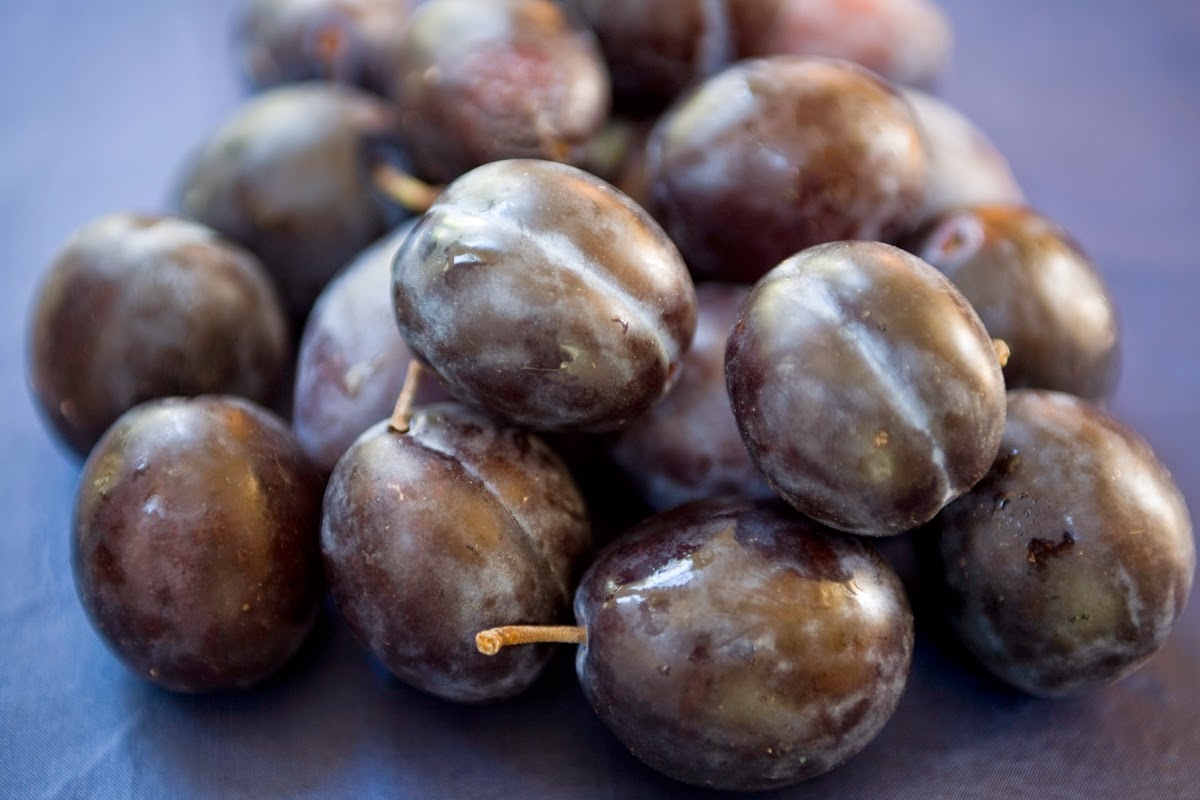* Thanks to Polart for this Christmas Card image
Christmas in Poland was simpler back in the day. Carols were not sung for weeks ahead. There was no Black Friday or Cyber Monday, and the holiday in general was not as commercial as here, today. Oh sure, the stores in big cities like Warsaw were crowded and decorated for the holiday. Vendors on the town squares sold shiny baubles and other decorations. Folks everywhere rushed to finish their last minute shopping. All over there was excitement in the air – the anticipation of sacred Christmas traditions and the biggest celebration of the year.
As the late afternoon turned to dusk, the shoppers headed for home and the busy streets grew empty and quiet. The feast received its final touches, everyone was dressed up in their finest. The kids were scanning the sky looking for the first star, which meant that Wigilia was about to begin.
As Peter was growing up, his family always made a significant effort to preserve as much of the heritage as possible. Nothing began until he saw the first star. They started by sharing the blessed wafer. As the family gathered round the table, everyone shared a piece of blessed wafer with everyone else. The wafer is a symbol of love, friendship and forgiveness, allowing everyone to extend their best wishes for the coming year.
There always was an extra place setting at the table for the lost traveler who might come to the door, and there are small boughs of greens or hay, representing the Mary and Joseph’s stable lodgings for the night. The supper was meatless and in the olden days consisted of twelve courses, one for each of the apostles. Poppy seeds were always included as a symbol of peaceful sleep and honey for sweetness and contentment.
Menus have always varied a bit, according to each family’s customs, but the menu that Peter’s family followed when he was a boy, included:
• Herring in Sour Cream
• Clear red barszcz,
• Crepes with a wild mushroom and sauerkraut filling
• White fish in a light butter sauce, served with hard boiled eggs and
boiled potatoes
• Dried fruit compote
• Poppy seed rolls, nut rolls, honey cake and honey cookies.
After the feasting has ended, and the belt buckles loosened a notch or two, the family adjourned to the Christmas tree to sing Christmas carols, and open gifts. The evening was topped off by a visit to the local church for Midnight Mass.
Today, we’ve dropped the herring, swapped the white fish for salmon, and lately given up on the dried fruit compote because it takes a while to prepare. But those are concessions made to changing food preferences and the practicalities of our modern lives. The core traditions remain in place.
When Laura prepares Christmas Eve supper (Wigilia), following these traditions that Peter grew up with, these stuffed crepes are everybody’s favorite part of the meal. They go really well with a cup of Classic Barszcz, which is a classic way to serve them. The blend of savory sauerkraut mixed with earthy mushrooms is an amazing combination. This dish is an ideal starter, whether for Christmas Eve or any other festive meal.
Yields 8 to 10 crepes
Crepes
1 cup milk
2 eggs
1 cup flour
½ cup water
½ teaspoon salt
3 tablespoons vegetable oil
Mix the milk with the eggs, flour, water and salt in a blender or hand mixer at low speed. Heat a small non-stick skillet which measures 6 to 7 inches across the base (crepe pans are great) and brush or lightly spray the bottom with cooking oil. Pour a small amount of batter into the medium hot skillet. (For a 6 inch pan use a just under 1/3 cup of batter per crepe.) Immediately start swirling the pan around so the batter will evenly cover the bottom and put back on the burner. When the crepe becomes firm on top, maybe 50 to 60 seconds, and just starts to lightly brown on the bottom, flip it over and cook the other side for another 15 seconds or so. Remove the crepe from the pan and stack on a plate with a sheet of wax paper between crepes to prevent sticking. Continue this process until all the batter is used – you should get 8 to10 crepes from one batch.
Filling
½ pound sauerkraut
2 tablespoons butter or rendered bacon fat
1 onion, chopped
4 ounces mushrooms, sliced
salt and pepper
1 hard boiled egg, chopped
2 tablespoons sour cream
1 egg beaten
½ cup bread crumbs
3 tablespoons butter
Rinse the sauerkraut thoroughly in a colander. Squeeze the sauerkraut to remove the excess water. Place the sauerkraut in a small amount of boiling water. Cook for 20 minutes and drain. Heat the butter or bacon fat in a skillet, add the onions and fry until golden. Add the mushrooms and fry an additional 3 minutes. Add the sauerkraut and fry until golden. Salt and pepper to taste. Remove from the heat and add the egg and sour cream. Mix well.
Spoon a small amount of the filling into the center of a crepe. Fold the crepe in envelope fashion to completely encase the filling. Roll the stuffed crepe in egg and then in bread crumbs. Gently sauté the crepes in butter until golden on both sides. Serve either warm.
Smacznego!
































.jpg)











.jpg)